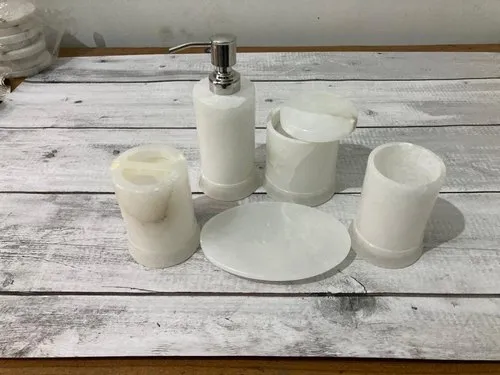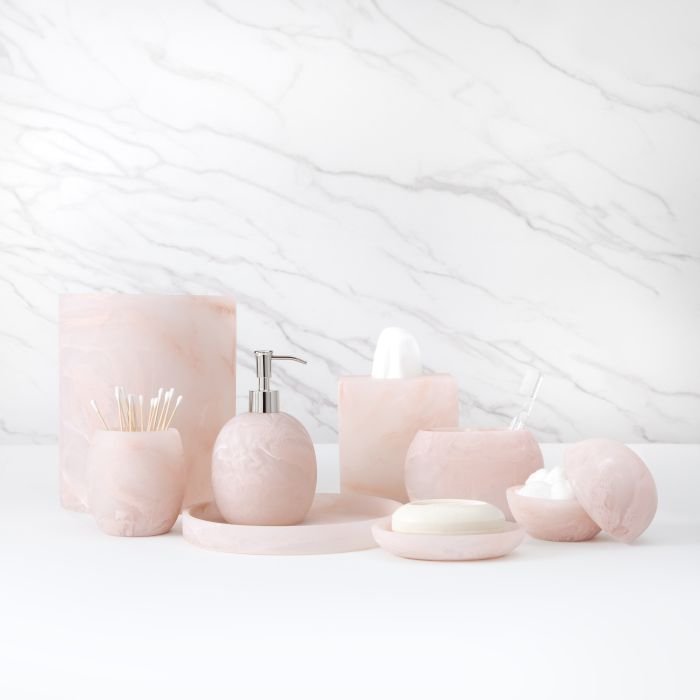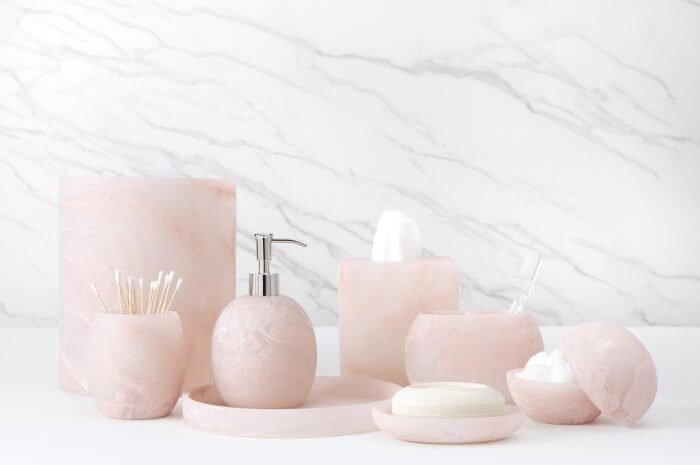The Unique Characteristics of Alabaster: What Makes It Special? 2024
The Unique Characteristics of Alabaster: What Makes It Special?
The Unique Characteristics of Alabaster: What Makes It Special?
Alabaster is a stunningly stunning stone that has been loved all through statistics for its sensitive appearance, softness, and versatility. Known for its airy glow and smooth texture, it’s been applied in diverse styles of paintings and shapes because of ancient instances. But what makes alabaster so unique? In this article, we will discover the precise tendencies of alabaster, how it has been used throughout specific cultures, and why it remains a favored cloth for sculptures, embellishes, and home décor.
What is Alabaster?
Alabaster is a pleasant-grained, translucent stone that is on the whole composed of the mineral gypsum. It is generally white or light-colored but can be considered of a type shade relying on the presence of impurities. The stone is soft sufficient to have carved effects, making it a famous medium for artists and craftsmen. There are two principal kinds of alabaster: gypsum alabaster, which is softer, and calcite alabaster, which is greater tougher and barely extra long-lasting.

Softness and Workability
One of the most giant developments of alabaster is its softness. On the Mohs hardness scale, which measures the hardness of minerals, gypsum alabaster ranks at about 2, while calcite alabaster is slightly tougher, ranking around three. This softness makes alabaster clean to carve and form, bearing in thoughts tough designs and particular paintings. Unlike more tough stones including marble or granite, alabaster may be worked on with crucial equipment, making it to be had for artists in the course of history.
This workability has been especially useful for sculptors. Ancient Egyptians, Greeks, and Romans frequently used alabaster for sculptures, vases, and adorns due to its pliability and pleasant texture. Today, alabaster remains desired for modern works, from statues to ornamental devices, because of its functionality to maintain notable information and easy finishes.
Translucency and Aesthetic Appeal
Alabaster is famous for its translucent amazing. When mild passes through it, the stone glows with an easy, warmth slight, making it simply the best cloth for lampshades, domestic windows, and exclusive decorative devices that require a radiant, ethereal effect. This unique characteristic has made alabaster a prized material in indoor layout and form, specifically in portions that can be presupposed to create relaxing, luminous surroundings.
The soft, milky-white color of alabaster is its most recognized characteristic, however, it can moreover have shades of cream, beige, pink, or perhaps moderate brown. Veins or streaks of shade often run via the stone, together with its natural splendor making each piece of alabaster precise.
Historical Significance
Alabaster has a long and rich information. It has become considerably used by historical civilizations, which include the Egyptians, Mesopotamians, Greeks, and Romans. In historical Egypt, alabaster became carved into canopic jars, that have been used to shop the inner organs of the deceased as a part of the mummification manner. The Egyptians also used alabaster for statues of their gods and pharaohs, taking advantage of its smooth texture and luminous excellence to symbolize divine or royal figures.

In Mesopotamia and Greece, alabaster changed into used to create complicated carvings and vases. The Greeks, especially, favored alabaster for its capacity to be carved into great, sensitive designs, and it has ended up being a common material for highly-priced goods. The Romans moreover prized alabaster, the usage of it to enhance their houses and public homes with vases, sculptures, and panels.
In the Middle Ages, alabaster grew to be a well-known material for spiritual artwork in Europe. Churches and cathedrals had been often adorned with alabaster altarpieces, statues, and reliefs. alabasters, The smooth glow of alabaster, blended with its capability to be intricately carved, made it pleasant to depict religious figures and scenes in a way that felt divine and to be had.
Modern Uses of Alabaster
Today, alabaster continues to be a sought-after cloth in each art and domestic décor. volterra alabaster, Its versatility and splendor make it an attractive desire for lots of decorative items, from small trinkets to big sculptures. In interior format, alabaster is often used for lights, as its translucent residences allow mild to easy out through gently, developing a smooth and heat glow in any room. alabast.

alabaster stone, Alabaster is also famous for making vases, bowls, and certainly one-of-a-type ornamental devices. Its clean floor and the capability to preserve extremely good elements make it a favorite for both traditional and modern-day designs. Additionally, because of the truth each piece of alabaster is specific, and no gadgets are ever exactly alike, which includes a revel in of exclusivity and attraction to the quantities.
In the arena of jewelry, alabaster is used to create lovely portions that showcase the stone’s herbal beauty. Its mild weight and gentle texture make it an incredible material for earrings, necklaces, and one-of-a-kind add-ons, giving wearers a hint of splendor without being too heavy.
Care and Maintenance of Alabaster
While alabaster is lovely, it’s also sensitive and calls for careful management. Due to its softness, it can be easily scratched, chipped, or damaged if not handled properly. This makes it important to region alabaster devices in areas wherein they are not knocked over or exposed to tough handling. alabaster watermelon.
Alabaster is also porous, which means it can soak up drinks and grow to be stained. To prevent this, it’s essential to maintain alabaster portions away from water, oils, and special materials that might seep into the stone and motivate discoloration. alabaster Italy, If you want to smooth alabaster, it’s first-rate to use smooth, dry fabric. Avoid using water or cleansing solutions, as they could damage the floor of the stone.
“marble or alabaster,raw alabaster,sculpting limestone, alabaster raw,stone grapes,alabaster red”

Additionally, alabaster has to be stored out of direct daytime, as prolonged publicity to UV rays can motivate the stone to fade or turn out to be brittle over time. limestone carving.
Alabaster vs. Marble
Alabaster and marble are often in comparison because of their comparable appearance and historical makes use of. alabaster in Italy, However, they will be pretty awesome in terms of composition and development. While alabaster is normally composed of gypsum, marble is crafted from calcite, which offers it a higher degree of hardness.
Marble is a notable deal greater long-lasting than alabaster, making it appropriate for out-of-door sculptures and architectural elements that want to get up to the weather and be located on. limestone for sculpting, carved alabaster, Alabaster, but, is higher suitable for indoor use, in which it can be favored for its sensitive splendor and gentle glow without being uncovered to the elements. alabaster carving.
In phrases of aesthetics, alabaster’s translucency sets it apart other than marble. pink alabaster, While every stone can be polished to an immoderate shine, great alabaster lets in slightly to bypass via, giving it a unique, luminous superb that marble can’t reflect.
Conclusion
Alabaster’s particular tendencies—its softness, transparency, and easy texture—have made it a loved fabric for artists and designers for lots of years. From ancient Egyptian artifacts to modern home décor, alabaster captivates with its ethereal beauty and flexibility. black alabaster, Whether used for sculptures, lighting, or ornamental accents, alabaster affords a touch of beauty and class to any area.
However, its delicate nature requires careful handling and upkeep to maintain its splendor for future years. For those who understand excellent craftsmanship and natural splendor, alabaster stays a timeless preference that in no manner is going out of style.




Write a Comment